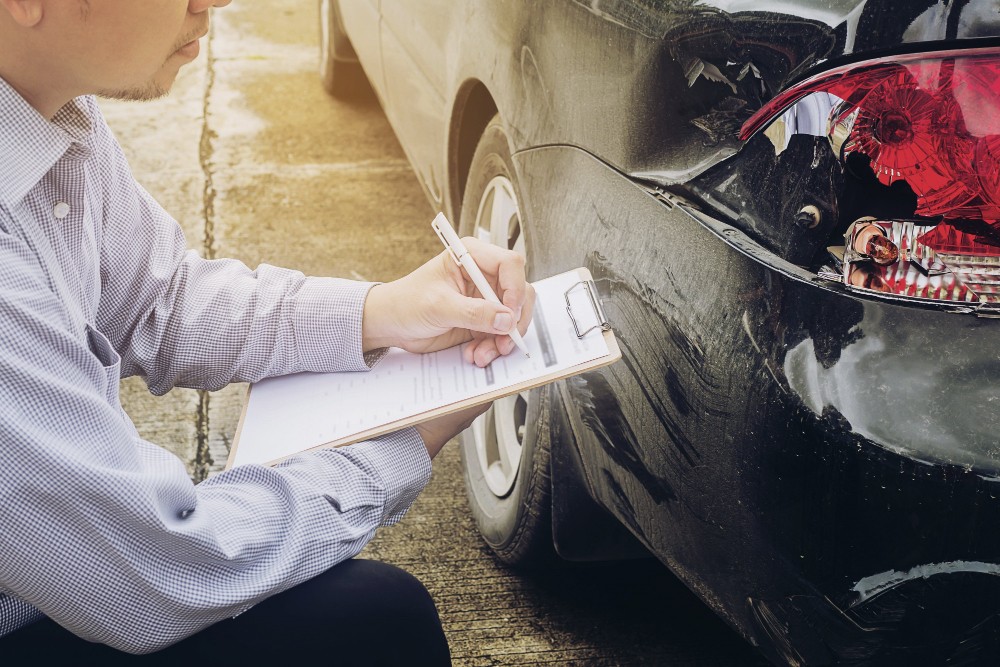 (888) 979-7969
(888) 979-7969
 (888) 979-7969
(888) 979-7969

Car accidents can be a stressful and scary experience, leaving behind not only physical injuries but also financial damages. Filing a successful claim with your insurance company can help you recover some of the costs incurred due to vehicle damage. However, navigating the claims process can be a daunting task, especially for those who have never done it before.
In this comprehensive guide, we’ll dive into the steps you need to take to file insurance claims for vehicle damage successfully. From documenting the damages and gathering evidence to submitting the claim and negotiating with the insurance adjuster, we’ll provide you with a roadmap to receive the compensation you deserve.
Before you think about filing a claim, you need to document the damages to your vehicle. Take pictures of the damage from different angles, including the license plate, and record the location, date, and time of the accident. If there were any witnesses, try to get their contact information in case you need them to testify later. Additionally, collect the police report if any was made.
Contact your insurance company as soon as possible after the accident, preferably within 24 hours. Provide them with the details of the accident, your policy number, and the necessary information they need to start the claims process. The insurance company will assign an adjuster to your case who will contact you to discuss the details further.
After your initial call with the insurance company, you’ll receive a claim form that you need to fill out and submit. The claim form will require detailed information about the accident, including the damages, date, time, location, and witnesses’ details. Make sure that you provide accurate information to avoid delays and complications.
Once the insurance adjuster reviews your claim, they’ll make a settlement offer. However, you might need to negotiate the offer, so it accurately reflects the damages sustained by your car. If you’re not satisfied with the settlement offer, you can ask the adjuster to provide a detailed explanation of how it was determined. You can also provide additional evidence, such as repair bills, to help support your claim.
After you submit your claim, you should keep track of the process and follow up with the insurance adjuster regularly. Make sure you know the deadlines for submitting additional information and adhere to them strictly. Maintain records of all the communication between you and your insurance company, including emails, letters, and phone calls.
Filing insurance claims for vehicle damage is a complex process that can be challenging to navigate without the proper guidance. However, by following the steps outlined in this comprehensive guide, you’ll have a better chance of filing a successful claim, receiving the compensation you deserve, and putting the unfortunate incident behind you. Remember to document the damages, contact your insurance company, submit your claim, negotiate with the adjuster, and keep track of the process throughout. If you find yourself overwhelmed and need assistance on your insurance claims, consider reaching out to a professional loss adjuster in Orlando, FL, like Ultra Property Damage.